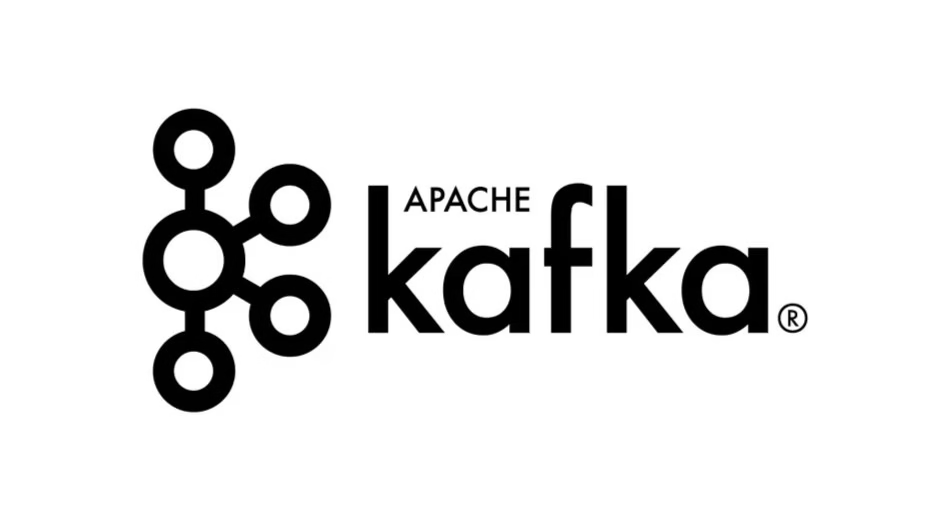Apache Kafka: A Complete Guide
Apache Kafka has become the backbone of modern real-time data pipelines and event-driven architectures. Originally developed at LinkedIn and later open-sourced, Kafka is now one of the most widely adopted distributed streaming platforms. It is designed to handle high-throughput, fault-tolerant, and scalable event streaming across diverse industries. What is Kafka? At its core, Kafka is … Read more

